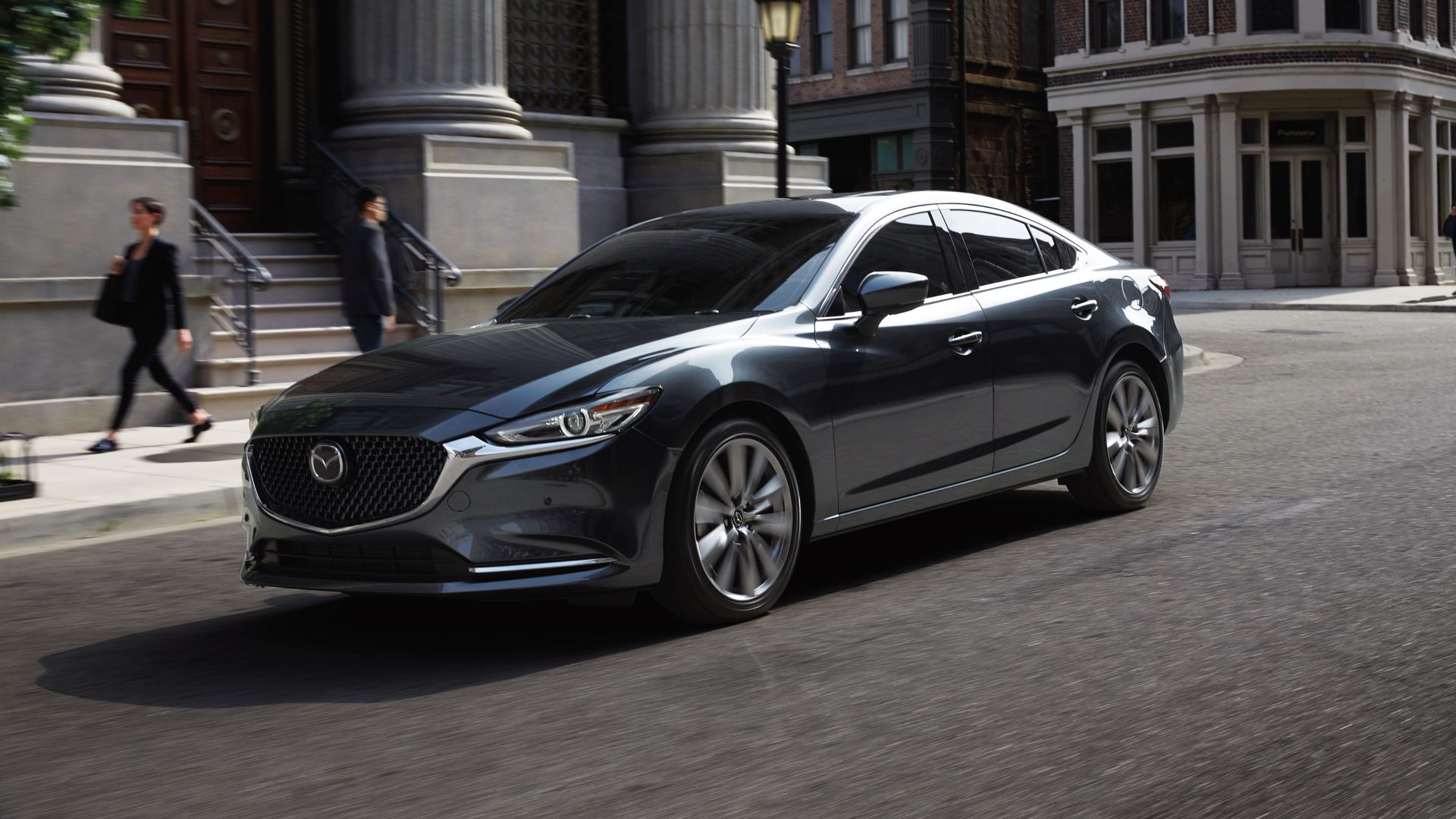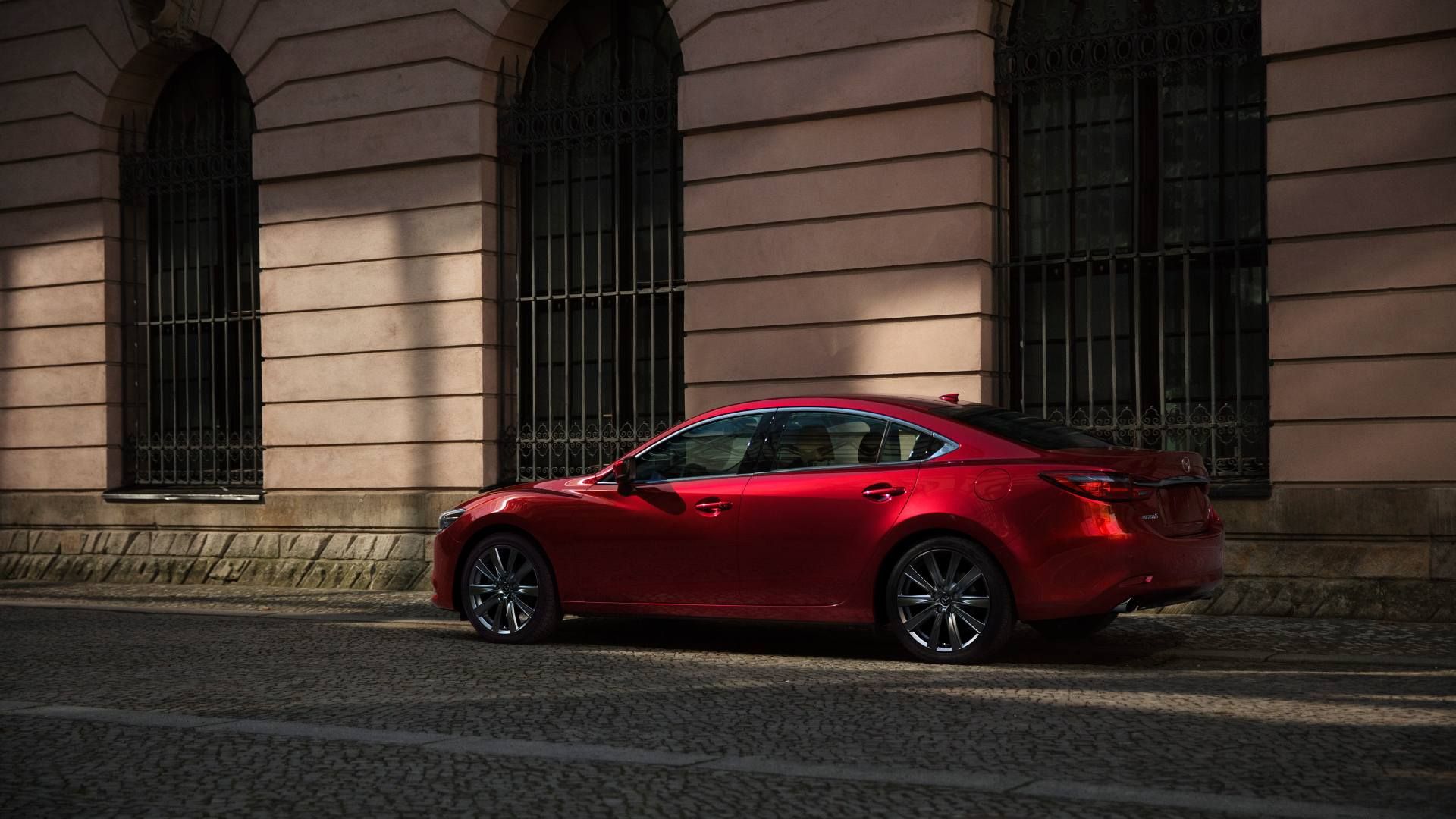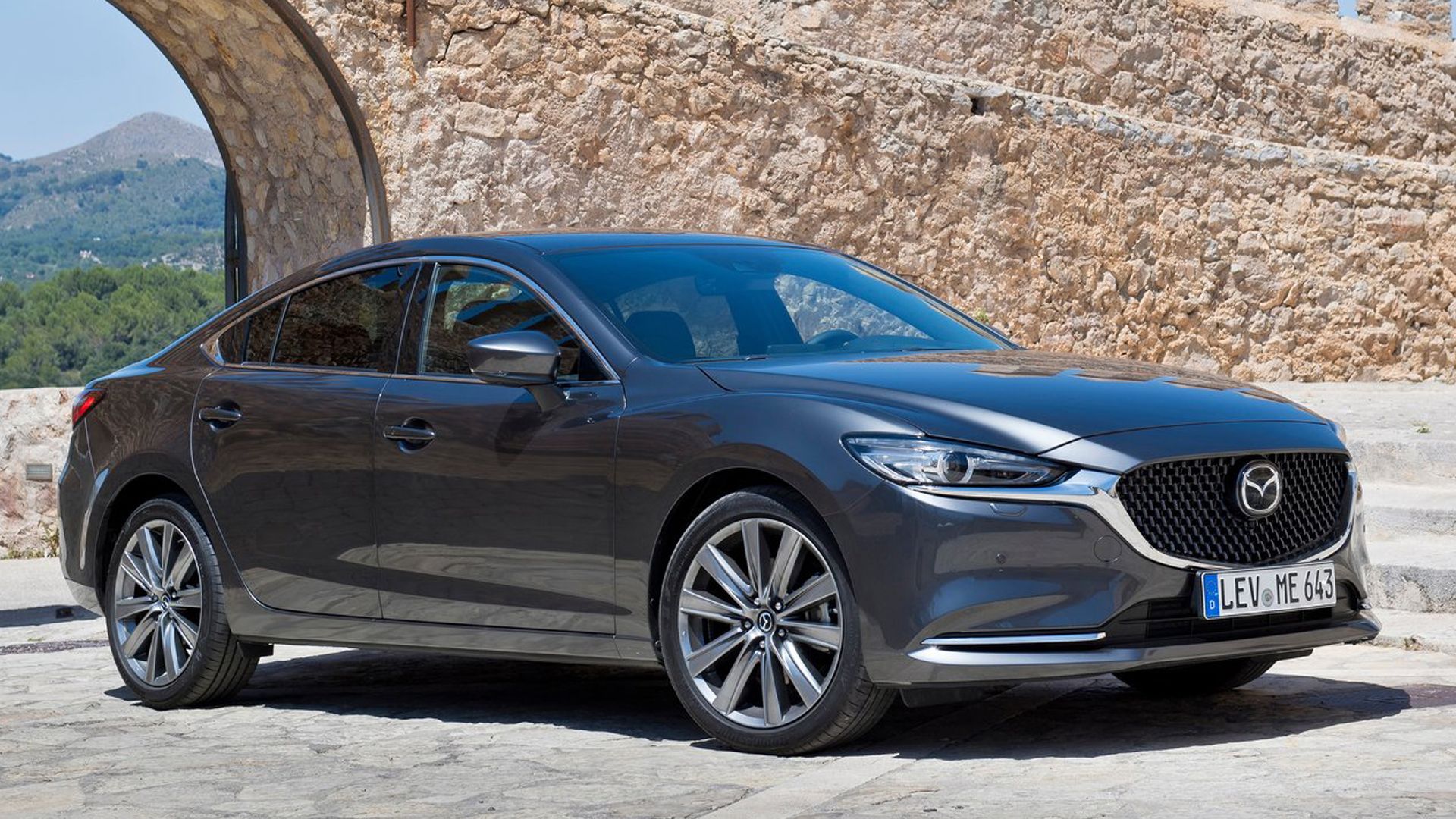
As the EV revolution keeps advancing, we keep witnessing a resurgence of old models with new electric powertrains. Only recently, we have seen a number of blasts from the past resurface into the e-segment as a prominent competitor. This method, now commonly used by manufacturers, is a good way of capturing the consumer’s trust in the electric future that they’re set to embrace. As a result, cars like the Chevy Equinox EV, the ID.Buzz are now coming up into the e-segment. This is why we wish the Mazda 6 would come back into the industry with an electric powertrain. Not only would such a conversion translate into a stellar performance level, that would honor the company’s badging, but it would also catapult the beloved sedan into the future. Unfortunately for American customers, the model hasn’t been seen in any dealerships in the U.S. since 2021.
And yet, turning the Mazda 6 into an electric vehicle could very well help bring it back into American shores. In light of the recent market conditions and the Mazda’s sales figures, such a decision could very well turn out to be a critical factor in the company’s future. Hence, we’ve decided to dive deeper into this interesting possibility.
This article has been written with data about the Mazda 6 sourced from the automaker.
The Electric Sedan Segment Needs Some New Contenders
Another reason for the Mazda to enter the EV fray with this vehicle would be to revive the sedan category. Precisely, how many sedans? The Mazda 6 is tailor-made for the current market conditions as it represents a dying breed of vehicles. North Americans, particularly, have grown obsessed with the large crossovers and pickup trucks. Yet we can’t help but feel that there is still a niche of aficionados who still have a proclivity for more sensible styling. Nowadays, most automakers are gravitating towards boxy SUVs, crossovers, and pickup trucks to accommodate the public’s growing appetite for such vehicles.
However, the Tesla Model 3 might be a good indication that you don’t need to be part of that group to be a popular offering. Despite all its shortcomings, the renowned electric sedan remains the second-best-selling vehicle on the planet, right after the Model Y. Recently, the Model 3 has been subjected to a fair bit of fine-tuning and now enjoys a more premium cabin, as well as a more polished exterior.
And yet, it still doesn’t hold a candle to Mazda’s aesthetic touch, subjectively speaking. Mazda’s Kodo Design would be a welcome breath of fresh air in today’s vehicle industry. Now, would the Mazda 6 dethrone the Model 3 in terms of market share? Probably not, but it could surely be a serious rival. Aside from the Tesla, the only serious competition would be the Volkswagen ID.7 and the Hyundai Ioniq 6, making the task fairly realizable.
It Could Help Mazda Display Its EV-making Skills
While the Mazda 6 has been discontinued in North America, it is still alive in other parts of the world. Matter of fact, the famed sedan is entering its third generation, and celebrating its 20th anniversary this year with a revamped look. While the global sales numbers might be dwindling to new lows, the Mazda 6 still enjoys a large following in Asia, where it is known as the Atenza. In China, for instance, the car still sold 19,502 copies in 2021, according to CarSalesBase.
2021 Mazda 6 Turbo
|
Engine |
2.5-liter, in-line four |
|
Power |
250 horses |
|
Torque |
320 pound-feet |
|
Drivetrain |
Front-wheel drive |
|
Transmission |
6-speed Automatic |
|
0-60 mph |
6.1 seconds |
|
Top Speed |
149 mph |
These figures are particularly encouraging, even though they represent a significant decrease over the past few years. The Mazda 6 could hugely upgrade those numbers if it were to go all-electric since the PRC accounts for one-third of the EV sales worldwide. The electrified Atenza would thus be welcomed to a ripe market, and a favorable clientele, should it enter the e-segment during this decisive moment in history. It is important to stress that Mazda also happens to be a partner of Toyota. The latter has been heavily invested in solid-state batteries, and recently got hold of $850 million in governmental subsidies to accommodate its plans.
The touted potential of Toyota’s SSBs is around 750 to 1000 miles of range, which would not only be ludicrous, but also leagues above the Lucid Air, which currently dominates the market with 510 miles of range. If the manufacturer from Hiroshima were to adopt this technology, then flagship models such as the Mazda 6 would be the ideal fits to demonstrate it.
Mazda Needs A New Strategy
If there’s one thing Mazda desperately needs right now, it is a flagship EV capable of safely catapulting it into the heights of the e-segment. By being late to the party, the Hiroshima-based manufacturer has lost considerable ground to a new set of emerging competitors that have already captured the public’s imagination with their next-level specs. Fisker for example, is working on the 2024 Ronin GT. The latter can pounce from 0 to 60 mph in a mere two seconds, while also offering 600 miles of range. So, what does Mazda have to offer in the midst of this highly competitive atmosphere? Well, we got the MX-30, an all-electric crossover with 100 miles of range on a full charge.
This isn’t really the type of groundbreaking addition that gets you noticed nowadays. Yet, despite the low sales figures and the unfortunate timing, the company is still determined to fully electrify its fleet by 2030. Wouldn’t turning one of its biggest starlets (the Mazda 6) into EV mark a good start? These past few years, we have seen many legacy automakers crumble, as the EV revolution has kept growing at an exponential rate.
Veteran manufacturers such as Alfa Romeo, Maserati, and Rolls-Royce are all working on making a big entry into the e-segment. Those that haven’t caught up, such as Chrysler, are struggling to stay afloat. The same might apply to Mazda if it doesn’t switch up its panoply soon enough. In 2022, the company’s sales reports showed a 40 percent decline in China, a 25 percent in Europe, and an 18 percent decrease in the United States.
The 2021 Mazda 6 Marked The Car’s Last Ride In The U.S.
For its last hooray in the United States, the Mazda 6 came in with a special package, called the Carbon Edition. This version combined all the features of the Grand Touring Reserve variant, along with a few additions. The quirky fine-tuning on the novel variant included:
- A Polymetal Gray Paint color
- Black exterior accents
- Dark 19-inch wheels
- Black trim pieces
- Red leather upholstery
The Carbon Edition started at $33,945, which fell within the top end of the price bracket. That MSRP comes with 227 horsepower, and 310 pound-feet of torque, which translates into a 0-60mph time of 6.1 seconds. The introductory price on the other hand fell within $25,470 for the Sport variant. The latter churns out 187 horsepower, for 186 pound-feet of torque. Naturally, an electrified powertrain would entail a heftier price tag. We could thus see the Mazda 6 EV contending with the likes of the promising Hyundai Ioniq 6, and the Volkswagen ID.7, which is a weird mix between a hatchback and a sedan.
Aside from that, an electric powertrain would result in more impressive performance specifications, that, when coupled with the pedigree of the Mazda 6, would make it a force to be reckoned with. We could thus be treated to a 0-60 mph acceleration time within the four to three-second timeframe, coupled with even more horses and torque. To better assert itself, the Mazda 6 EV should also work on achieving a competitive EPA range of at least 300–350 miles on a full charge. But again, all of this is mere speculation, and we can only wait and hope in the meantime.


